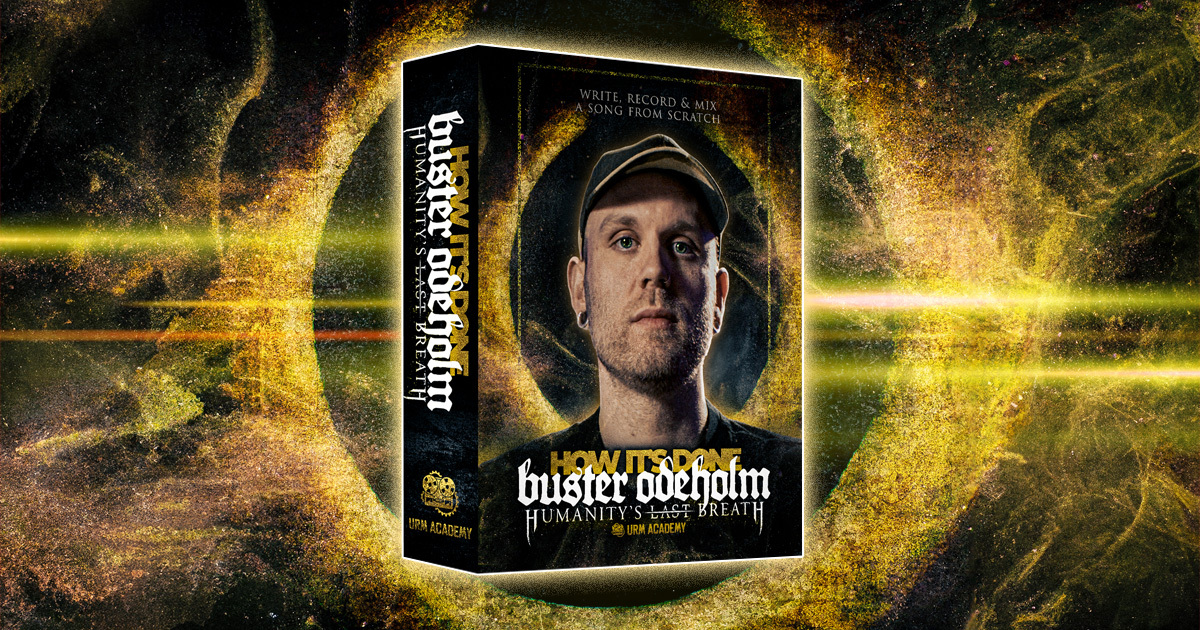
What is a Low Pass Filter? Essential EQ Moves for Modern Metal
Nail The Mix Staff
Modern metal production is a different beast. The bar is insanely high. That bedroom demo from a local band is expected to have the same polish and punch as the new Architects record. One of the biggest hurdles in getting that pro-level clarity is managing the high-frequency chaos that comes with walls of distorted guitars, sizzling cymbals, and aggressive vocals.
This is where a simple, powerful tool comes in: the low pass filter (LPF), the direct opposite of a high pass filter.
You’ve probably seen it on your EQ plugin, but you might be underestimating just how critical it is for carving out space and adding polish to a dense metal mix. It’s not just for weird synth effects; it’s a fundamental tool for making your tracks sound clean, defined, and massive.
Let’s break down what a low pass filter is and, more importantly, how you can use it to fix common problems in your metal productions.
The Basics: What is a Low Pass Filter, Really?
A low pass filter is exactly what it sounds like: it’s an EQ that lets the low frequencies pass through untouched while cutting, or attenuating, the high frequencies. This is why understanding the difference between a high pass and low pass filter is a core mixing skill.
Think of it like a bouncer for your audio. You set a "cutoff frequency," and any frequency higher than that gets turned down or completely kicked out. The two main controls you’ll use are:
- Cutoff Frequency: This is the point where the filter starts working. You set this in Hz or kHz.
- Slope (or Q): This determines how aggressively the filter cuts the frequencies. It's measured in decibels (dB) per octave. A gentle slope like 6 or 12 dB/octave is a smooth rolloff, while a steep slope like 24 or 48 dB/octave is like a brick wall, cutting everything above the cutoff point very sharply.
You can find a low pass filter in pretty much any EQ, from your stock DAW plugin like Logic's Channel EQ or Reaper’s ReaEQ to advanced tools like the FabFilter Pro-Q 3. You’ll find it alongside other essential tools like a parametric EQ.







